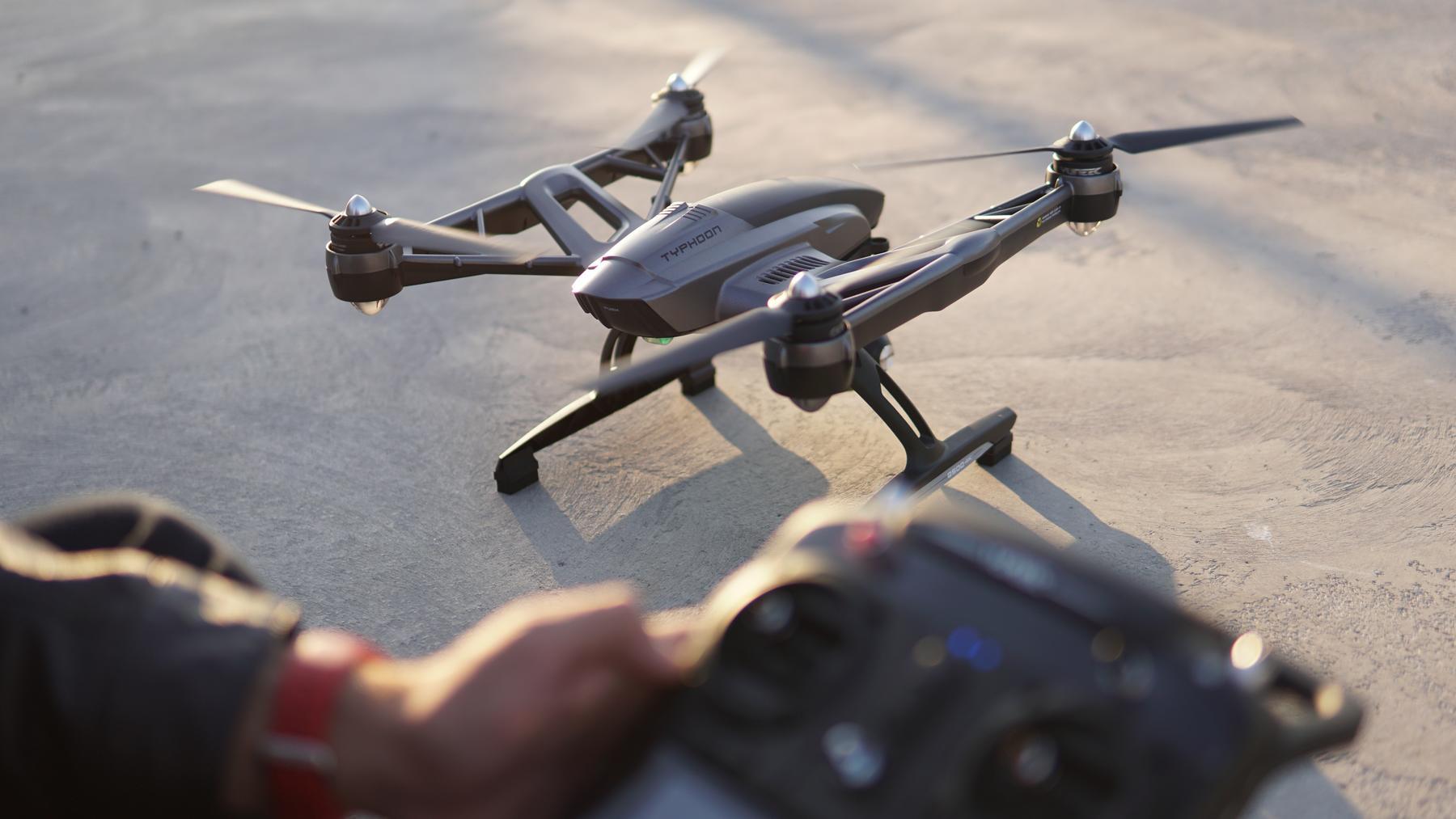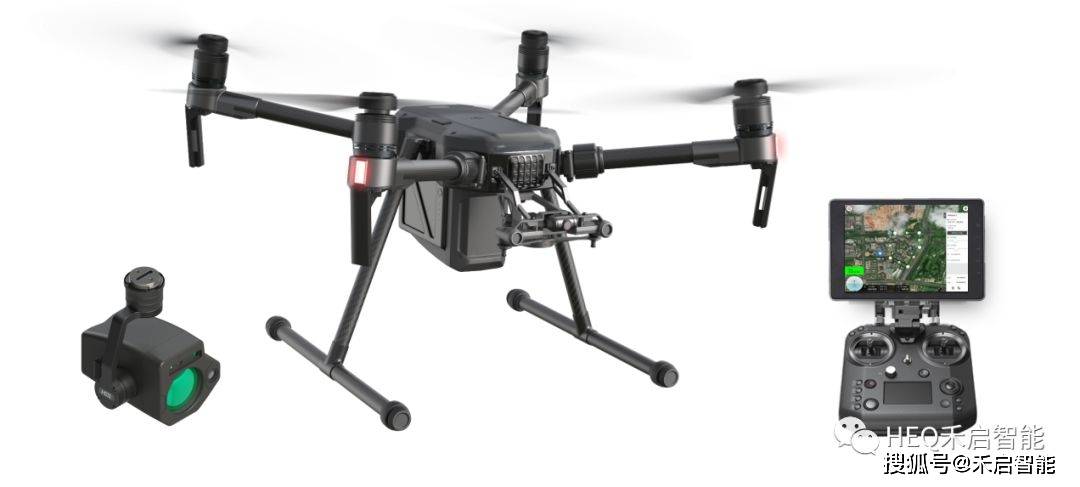The integration of a thermal camera on drones has revolutionized the field of surveillance and inspection, offering unprecedented capabilities in diverse situations. As technology advances, the utilization of drones equipped with thermal cameras becomes more prevalent in sectors such as security, agriculture, wildlife management, and search-and-rescue missions.
Understanding Thermal Imaging Technology
Thermal imaging is a method of improving vision regardless of obstacles like smoke, darkness, or inclement weather. Thermal cameras detect heat radiation emitted from objects and transform it into an image that is visible to the human eye. This powerful technology enables drones to perceive their environment with remarkable precision, making them invaluable tools in various applications.

Applications of Drones with Thermal Cameras
1. Search and Rescue Operations: In emergency situations, time is of the essence. Drones equipped with thermal cameras can swiftly locate individuals by detecting heat signatures, significantly enhancing the chances of successful rescues.
2. Wildlife Monitoring: Tracking and observing wildlife is challenging, especially at night or in dense forests. Thermal cameras can identify animals without disturbing their natural behavior, aiding conservation efforts.
3. Infrastructure Inspections: Thermal drones are pivotal in inspecting power lines, solar panels, and buildings. They can identify anomalies such as overheating or faulty equipment, allowing for preventive maintenance and reducing the risk of failures.
Benefits of Using Drones with Thermal Cameras

Thermal drone technology offers numerous advantages. Enhanced data accuracy ensures precise analysis, while the ability to cover large areas quickly reduces the need for manpower. Moreover, it enhances safety by enabling operators to conduct inspections or surveillance from a distance, minimizing exposure to hazardous environments.
Additionally, integrating thermal cameras with drones streamlines processes that would otherwise be labor-intensive and time-consuming. The expansive reach and comprehensive insights provided by thermal imaging allow industries to optimize operations, ultimately leading to cost savings and greater efficiency.
Challenges and Solutions
Despite their many benefits, there are challenges to the deployment of thermal drones. One significant obstacle is the intricacy of interpreting thermal images, which requires specialized training and software. To address this, continuous advancements in artificial intelligence and machine learning are being made to automate image analysis, making it more accessible and reliable.
Another challenge is the regulatory framework governing drone operations, which can vary widely across regions and affect their deployment in various sectors. Engaging with regulatory bodies and staying abreast of policy changes is essential for businesses seeking to incorporate this technology.
Future of Thermal Drone Integration
As technology continues to evolve, the future of drones equipped with thermal imaging looks promising. Anticipated innovations include improved battery life, smaller and more efficient sensors, and enhanced data processing capabilities, which will further expand their applications. As drones become increasingly autonomous, the adoption of thermal camera-equipped drones is set to rise, revolutionizing multiple industries.
Frequently Asked Questions
What is the main benefit of using thermal cameras on drones? Thermal cameras provide visibility in conditions where traditional cameras fail, such as at night or through obstacles like smoke or foliage, making them ideal for surveillance and rescue operations.
Are there any disadvantages to using thermal cameras on drones? While thermal cameras are incredibly useful, they can be expensive and require expertise in image interpretation and regulatory compliance, which may pose barriers to entry for some users.
Can thermal drones operate autonomously? Yes, with advances in AI, thermal drones can be programmed for autonomous operation, though complex environments may still require manual oversight to account for unpredictable variables.